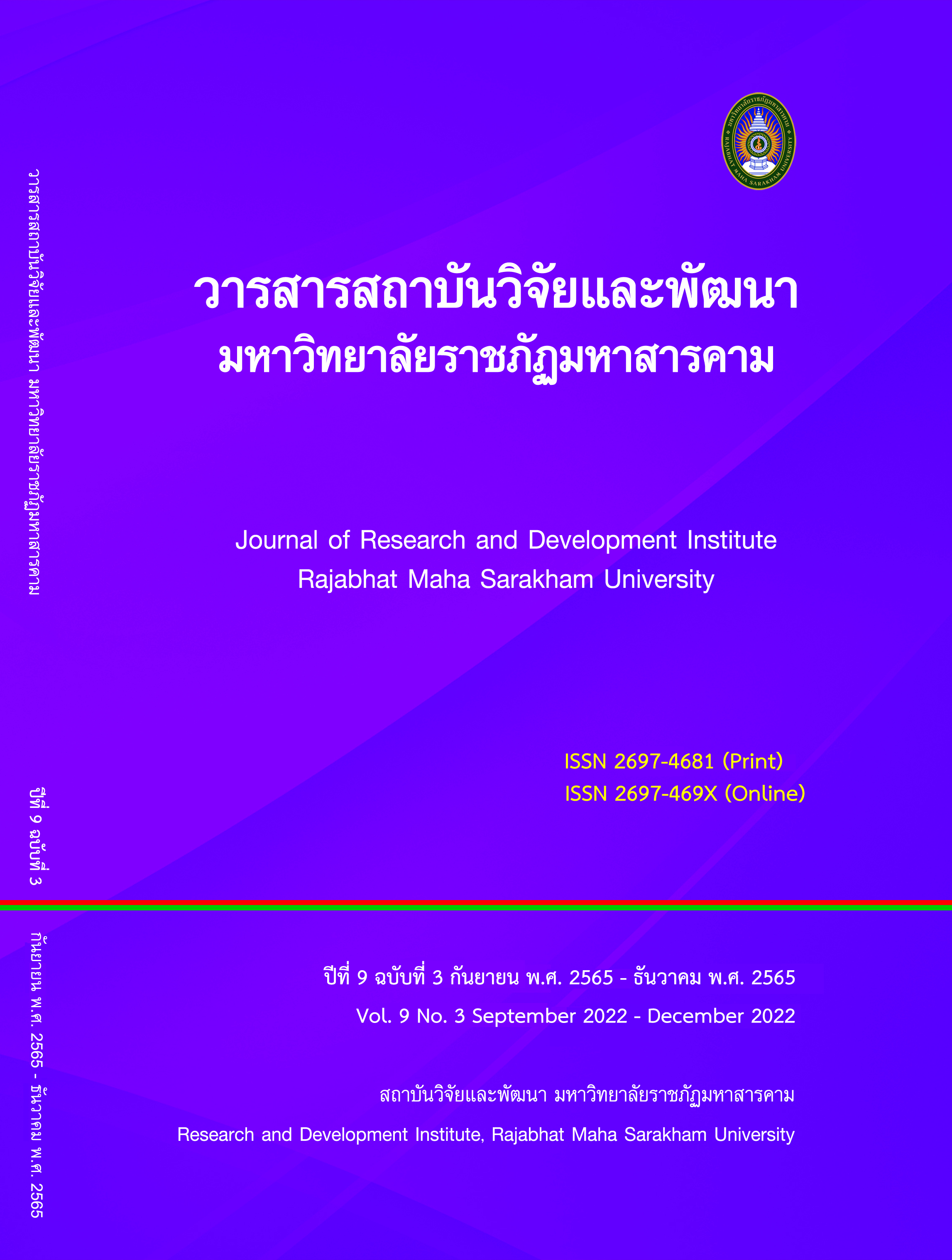Values on Femininity in Chinese Cosmetic Advertisement Discourse
Keywords:
Cosmetic AdvertisementsRemove Values on Femininity, Critical Discourse Analysis, Cosmetic AdvertisementsAbstract
This paper aims to examine linguistic strategies that represent values on femininity in the cosmetic advertisement discourses via the concept of “Critical Discourse Analysis”. The data consist of 126 advertisements from Vogue fashion magazine, published from January to December 2019. The study found that femininity was expressed through linguistic strategies: lexical selection, metaphor, overstatement, rhetorical questioning, presupposition, and problem-solving pattern. The study found that the conceptualization of femininity expressed in advertisement discourse consists of 3 concepts: 1) values on the femininity of how “desirable women” and “undesirable women” look like, 2) values on femininity by mindset, 3) values on femininity role in the modern public life. The study also showed that language has a very important role in conveying values of femininity and representing the cosmetic products that help women to be the ideal women. Those ideas reflected consumers’ thinking and ideology overdominance to make a profit for suppliers’ business.
References
Angsuwiriya, C. (2008). “Femininity" in Satri San magazine. [1948-1996”] : A study of the relationship between language and ideology”. Bangkok : Chulalongkorn University.
Charoen-Olan, C. (2000). “Development Discourse: Power, Knowledge, Truth, Identity and Otherness”. Bangkok: Wisali Publishing House.
Fairclough, N. (1995). “Critical Discourse Analysis: The Critical Study of Language”. London: Longman.
Fowler, R. (1991). “Language in the News: Discourse and Ideology in the Press”. London: Routledge.
Hongladarom, K. (2006). Discourses on the South and Violence in Thai Society. Bangkok: Chulalongkorn University Press.
Hph (2019). “全球十大时尚杂志排名榜 《Vogue》杂志最受欢迎”. [Online] http://www.bala.cc/yule/shuji/2019/4087.html. [05 November 2021]
Kaewchanket, W. (2010). “Masculine ideology in advertising discourse for men's goods and services in men's magazines”. Bangkok : Chulalongkorn University.
Lakoff, G. and Johnson, M. (1980). “Metaphors We Live By”. Chicago: Chicago University Press.
Peng Pai Xin Wen. (n.d.) “年轻化,进军中国市场,时尚媒体的新方向”. [Online] http://m.thepaper.cn/kuaibao_detail.jsp?contid=3325454&from=kuaibao [05 November 2021]
Phakdeephasook, S. (2009). “Discourse of Femininity in the Advertising in Thai Health and Beauty Magazines”. MANUSYA: Journal of Humanities 12(2), 63-89.
Phanphothong, N. (2013). “Critical discourse based on linguistics: concepts and application to the study of Thai discourses”. Bangkok : Chulalongkorn University.
Pongudom, R. (2005). “The relationship between language and work-related values: a study of cosmetic advertising discourse in Thai”. Bangkok : Chulalongkorn University.
Sheng Xue Bang, (2018). “百年中国最优雅的杰出女性”. [Online]. https://kknews.cc/zh-sg/fashion/5le2ko3.html. [04]. [05 November 2021]
Thai Rath Online. (2013). “VOGUE' Thailand has arrived...!” [Online]. https://www.thairath.co.th/lifestyle/woman/324135. [05 November 2021]
van Dijk, T. A. (2001). “Critical Discourse Analysis”. In D. Tannen, D. Schiffrin, & H. Hamilton (Eds.), Handbook of discourse analysis. Oxford: Blackwell, 352-371. [18 September 2021]
Xiao Xiao Run Zai. (2017). “外国人问在中国女性的标准是什么?中国网民:白富美!”. [Online] https://kknews.cc/zh-sg/news/83k29jn.html. [05 November 2021]
Downloads
Published
How to Cite
Issue
Section
License
Copyright (c) 2022 Journal of Research and Development Institute Rajabhat Maha Sarakham University

This work is licensed under a Creative Commons Attribution-NonCommercial-NoDerivatives 4.0 International License.
Articles that are published are copyrighted by the authors of the articles







